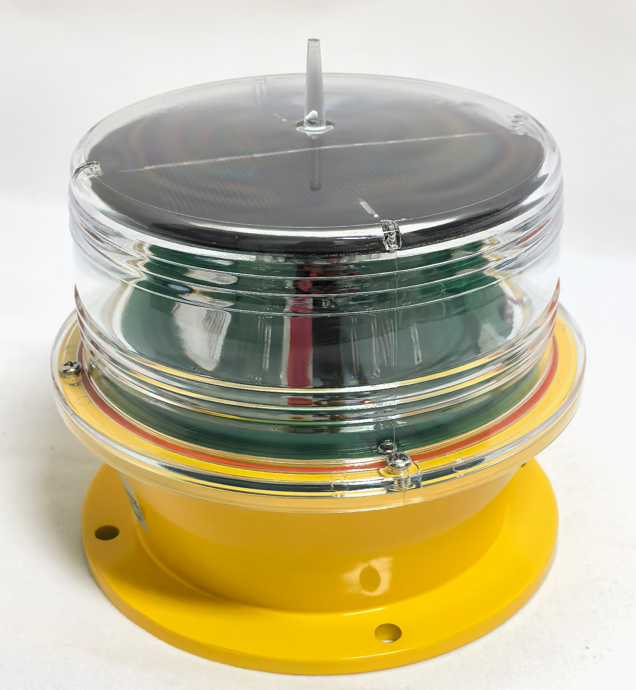Harnessing the Sun: The Innovation of Solar Powered Marine Lanterns
The maritime industry has long relied on traditional lighting solutions for navigation, safety, and marking hazardous areas. However, with the growing emphasis on sustainability and energy efficiency, solar powered marine lanterns have emerged as a revolutionary alternative. These devices harness solar energy to provide reliable illumination, reducing dependence on fossil fuels and minimizing environmental impact.

How Solar Powered Marine Lanterns Work
A solar powered marine lantern operates using photovoltaic (PV) panels that convert sunlight into electrical energy. This energy is stored in rechargeable batteries, ensuring continuous operation even during cloudy weather or nighttime. The system typically includes:
Solar Panels – Capture sunlight and convert it into electricity.
| solar powered marine lantern |
Battery Storage – Stores energy for use when sunlight is unavailable.
LED Lights – Energy-efficient and long-lasting illumination.
Control System – Regulates charging and discharging cycles for optimal performance.
Since these lanterns are self-sustaining, they eliminate the need for frequent maintenance and external power sources, making them ideal for remote marine locations.
Advantages of Solar Powered Marine Lanterns
1. Eco-Friendly and Sustainable
Unlike conventional marine lanterns that rely on diesel generators or grid electricity, solar powered marine lanterns produce zero emissions. They reduce carbon footprints and align with global efforts to combat climate change.
| solar powered marine lanterns |
2. Cost-Effective in the Long Run
While the initial investment may be higher than traditional lighting, solar lanterns significantly cut operational costs. They require minimal maintenance and no fuel expenses, leading to substantial savings over time.
3. Enhanced Reliability
With no dependency on external power grids, these lanterns ensure uninterrupted operation, even in harsh weather conditions. Advanced models come with backup batteries that can last several days without sunlight.
4. Easy Installation and Maintenance
Since they do not require wiring or external power connections, solar powered marine lanterns can be installed quickly in various marine environments, including buoys, piers, and offshore platforms. Their durable design withstands saltwater corrosion and extreme weather.
Applications of Solar Powered Marine Lanterns
1. Navigation and Safety
These lanterns are widely used in lighthouses, channel markers, and buoys to guide vessels safely, preventing collisions and grounding incidents.
2. Offshore and Coastal Infrastructure
Ports, docks, and oil rigs utilize solar marine lanterns for perimeter lighting, ensuring visibility and security during nighttime operations.
3. Fishing and Aquaculture
Floating solar lanterns help mark fishing zones and aquaculture farms, improving safety for fishermen and marine workers.
4. Disaster-Prone Areas
In regions susceptible to hurricanes or tsunamis, solar-powered lighting remains operational even when traditional power grids fail, aiding rescue and recovery efforts.
Future Trends and Innovations
The future of solar powered marine lanterns looks promising, with advancements such as:
Smart Lighting Systems – Integration with IoT for remote monitoring and adaptive brightness control.
Hybrid Energy Solutions – Combining solar with wind or wave energy for enhanced reliability.
Improved Battery Technology – Longer-lasting and faster-charging storage solutions.
Solar powered marine lanterns represent a sustainable, efficient, and cost-effective solution for maritime lighting needs. As technology advances, their adoption will continue to grow, supporting safer and greener marine operations worldwide. By embracing solar energy, the maritime sector can reduce its environmental impact while ensuring reliable illumination for years to come.
